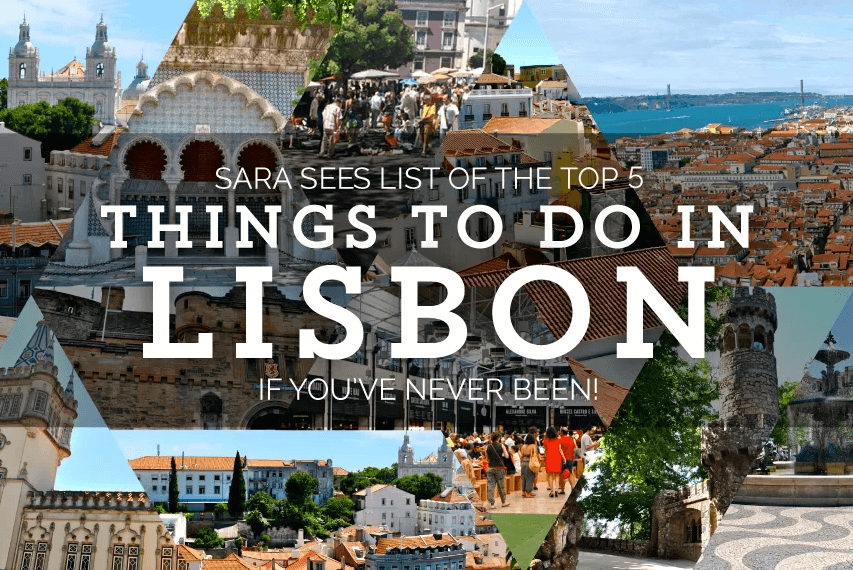Lisbon is the capital of Portugal, and it is the 7th-most-visited city in Southern Europe, after Istanbul, Rome, Barcelona, Madrid, Athens, and Milan. The city has a rich history and culture, and also a warm climate, being the Europe´s warmest metropolis during the winter. Besides, the people are friendly, and there is a lot of good food and music. Portuguese architecture is unique since it represents the mixture of different cultures and periods. All these things suggest that Lisbon is the perfect city for a holiday break.

Gulbenkian Museum
This museum was established according to Calouste Gulbenkian’s last will. It is the art museum which presents the art collection of the similarly-named Foundation. This art collection includes ancient and modern art. If you are interested in the history of art, then their permanent exhibition and galleries will leave you breathless. They are organized chronologically and geographically in two individual routes within the tour. The first route explores Greco-Roman art as well as Egyptian, Mesopotamian, Persian and Armenian pieces, and also Persian art from the Islamic period. The second route is dedicated to the European art, particularly 18th-century French art and the work of René Lalique among others.
Praça do Comércio
The Praça do Comércio or simply, Commerce Square is located near the Tagus River. For the locals, it is also known as Terreiro do Paço or Palace Yard in English, since this was the location of Ribeira Palace until it was destroyed in 1755 Lisbon earthquake. The square is the prime example of Portuguese architecture with its symmetrical buildings which are mostly used as government offices and country institutions. The centerpiece of the Palace Yard is the statue of King José I, which is the first statue dedicated to a King in Lisbon.
Castelo de São Jorge
São Jorge Castle or Saint George Castle is a Moorish castle situated on the central hill overlooking the historic center of Lisbon and Tagus River. Even though there were citadels previously built on this hilltop, this citadel is from the medieval period, and it is one of the main tourist sites of Lisbon. This hill was first settled by Celtic tribes, then by Phoenicians, Greeks, and Carthaginians and it represented a great strategic place. Later, it was also a home of Roman, Suebic, Visigothic, and Moorish peoples. This complex includes various buildings, castle, terraces, gardens and surrounding walls. The main square of the complex is called Praça d’Armas which includes old cannons and a bronze statue of Afonso Henriques, a monarch who took the castle from the Moors.
Alfama
Between the São Jorge Castle and the Tejo river, there is the oldest district Alfama. It includes the parishes of São Miguel, Santo Estêvão, São Vicente de Fora and it contains a significant number of historical attractions, restaurants, and Fado bars. Here is also one of the oldest churches in Lisbon – Lisbon Cathedral, as well as the Convent of the Grace, the Monastery of São Vicente de Fora, and the Church of Santa Engrácia.
Mosteiro dos Jerónimos
The Jerónimos Monastery or Hieronymites Monastery is a monastery of the Order of Saint Jerome located near the Tagus River. It is one of the most notorious examples of the Portuguese architecture, or rather Late Gothic Manueline style. This complex was classified a UNESCO World Heritage Site back in 1983, and it is one of the greatest tourist attractions.